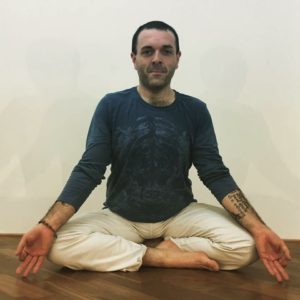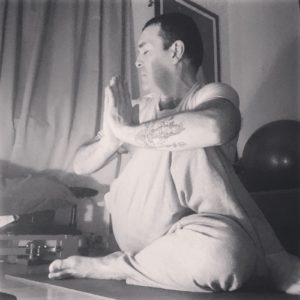An essay about yoga from Avelino Casas
 “One gram of practice is better than tons of theory,” was one of the favorite sentences of yoga master Swami Sivananda (1887-1963). When Swami Sivananda was asked why he would have written so many books (over 200), he answered mischievously, smiling:
“One gram of practice is better than tons of theory,” was one of the favorite sentences of yoga master Swami Sivananda (1887-1963). When Swami Sivananda was asked why he would have written so many books (over 200), he answered mischievously, smiling:
“Some people need tons of theory to be stimulated to a gram of practice.”
Yoga is a very old exercise system that has been developed and proven in India for millennia. Even in the West, yoga has been known for a hundred years and has been able to prove that it is especially valuable for Westerners.
Using a proven system has a distinct advantage: the practitioner is not a guinea pig, but can rely on how the exercises work, what precautions to take, and what to look for. Tailored to what he wants to achieve, an experienced yoga teacher can recommend exactly the right exercises to him.
A proven practice system for achieving harmony, awakening sleeping abilities, and expanding awareness. Yoga is an ancient Indian science that claims, trains and promotes body and mind at the same time.
The Sanskrit word “yoga” means “union,” a harmonious interplay of body and mind in all aspects of life. “Hatha” means power, energy, and in this context stands for a very body-related yoga. Yoga was developed to promote health and to train mental discipline. The positive effects of a regular yoga practice are far-reaching:
From stress reduction to strengthening the muscles, improving posture, strengthening the back, strengthening the immune system and self-esteem. The breathing technique (pranayama), the energy centers (chakras), the sports exercises (asanas), the sun salutation (Surya Namaskara), the vinyasa flow (a fluid, dynamic execution of the asanas) and the deep relaxation / meditation (yoga nidra) combined to harmonize body and mind.

